It wasn’t until Julian Foster put together the support rods of a tent at an Allentown encampment that he fully understood the reality of the homeless.
As soon as he finished assembling the tent, Foster would return home to fresh-running water, warm food and heat. Meanwhile, his client, a 14-year-old boy, would sleep alone in the cold, exposed to predators — rats, raccoons and mice — fighting for scraps of food and fearing other homeless people might steal his belongings.
Foster was interning for The Synergy Project.
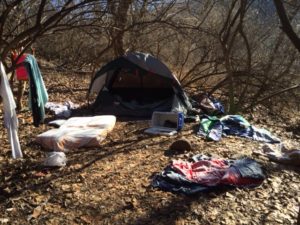
The Synergy Project staff members find tents, sleeping bags, mattresses and a cooler sprawled across the dirt hidden in the woods in the Lehigh Valley. (Courtesy of The Synergy Project)
“Being there, it moves you,” Foster said. “You can hear about it, but seeing it is a whole new experience. Ever since, I’ve been more thankful and appreciate the small things that we often take for granted in life.”
Since 2009, The Synergy Project, a street outreach program, has sought and assisted youth ages 21 and younger in Allentown, Bucks County, Harrisburg and Philadelphia. The Synergy Project is a subdivision of The Valley Youth House program.
According to the 2017 Annual Homeless Assessment Report, there are 40,799 youth under the age of 25 who are experiencing homelessness nationwide. In the Lehigh Valley, youth homelessness is not an uncommon issue.
Kathi Krablin, the director of grants and foundations at Valley Youth House, said there are 700 identified homeless children in the Allentown School District. She said homeless youth are a hidden and unnoticed population.
Foster, now a Synergy Project outreach coordinator, drives with his partner Tim Joyce, in a fiery red Jeep Wrangler packed to the brim with canned goods, tents, blow-up mattresses and socks. They search for homeless youth under bridges, inside abandoned buildings and hidden in the woods.
When Joyce drives, his eyes scan the trees looking for an opening “too wide to be a deer path.”
Entering the encampments, Foster and Joyce always announce their presence: “It’s Tim and Julian from The Synergy Project.”
They are often welcomed by an array of trash — feces in plastic bags, crushed water bottles, smashed cans, rusty generators — lying uncovered throughout the campsite.
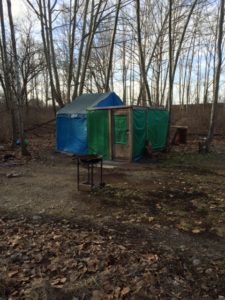
When searching for youth in encampments, The Synergy Project staff members will find two-by-four homes with cardboard foundations and walls wrapped in tarp. (Courtesy of The Synergy Project).
Joyce said some adults have shacks that are the size of two-by-four homes, with cardboard foundations and walls wrapped in tarp. But the young people normally sleep in tents. Sometimes clotheslines hang from the trees, while mattresses and sleeping bags are sprawled about on rocks and mulch.
The streets or the woods are the last resort.
If there is space, some children, stay in shelters like The Valley Youth House — the only youth’s shelter in the Lehigh Valley.
Of the 700 children identified as homeless, Krablin said many students are couch-surfing or sleeping in the homes of friends, extended families or relatives — never truly having a place to call home.
That’s why several times a month, Joyce and Foster hit the road looking to provide new tents, warm clothes and new supplies to homeless youth.
Sometimes Joyce and Foster run into the Street Medicine squad, another outreach program that focuses on providing healthcare to the homeless. According to the 2017 Annual Homeless Assessment Report, 553,742 people experience homelessness nationwide. Together, The Synergy Project and Street Medicine programs combat homelessness in the Lehigh Valley.
The Lehigh Valley Health Network is another sponsored initiative helping the homeless access healthcare. Physician assistant Brett Feldman, nurse coordinator Laura LaCroix and Bob Rapp Jr., who knows many campsite locations, work together to bring health services to the homeless.
While studying to become a physician assistant, Feldman thought he might want to treat homeless people. His wife, Corrine, also a physician assistant, started a free clinic at DeSales University in 2007.
Feldman didn’t expect his passion to become a full-time position.
It was the first time he saw medicine as diplomacy. He saw the homeless and his aspiring physician assistant residents find something in common.
Feldman and his team see about 1,500 homeless patients per year. They venture out onto the streets of Allentown and into the surrounding woods to help this community access health care.
Feldman said the homeless community is often overlooked but is in need of attention.
“The most moving things that you’ll see are people who have absolutely nothing receive something, and then they share it,” Feldman said. “The people experiencing homelessness are some of the most beautiful people and are some of the most selfless people — they will even share to the point of hurting themselves. They will give until it hurts, which is incredible to watch every time.”
Feldman said the biggest challenge in befriending homeless people is gaining their trust.
“Showing them that they are just as human as we are,” Feldman said. “It’s a transient population. Sometimes their phone is shut off, or they have a different phone. They may not have any (identification) to prove who they say they are.”
Feldman said helping his patients is humbling.
Outside the PPL Center, a wall commemorates the homeless who have died. Each year on Dec. 21, the Lehigh Valley Health Network holds a ceremony in remembrance of those losses. Feldman said his greatest teachers do not have gravestones, so this is their only tribute.
Feldman said a 50-year-old man living in a storm drain was the one to teach him about humility. Feldman’s medical team diagnosed him with colon cancer.
“I was able to get him a spot in the hospice unit,” Feldman said. “They were going to allow him to come and go, which is not their typical procedure, in order to prevent him from being discharged outside. When I told him where he would be going, and I had a place for him, he said, ‘Everyone there is supposed to die in a week, and they are going to die before I do, and I’ll go back to my drainage pipe.’”
He didn’t want to take up someone else’s spot, so the Street Medicine team found him an apartment for $200 a month. Feldman said it worked out well, because he was close enough to check up on his progress.
“When it got bad enough where I knew he was going to die within the next week or two, I told him it’s time to go into the hospice unit,” Feldman said. “He said, ‘I can’t go — my apartment is such a mess — this guy was so nice to let me rent it at a low price. I need to go home and clean it. I have to go home and clean. I can’t leave it like that for my landlord.’”
Feldman said they all helped him clean his apartment together.
A few weeks later, he passed. Feldman said it was a “peaceful and beautiful death,” with people caring for him in the warmth rather than the loneliness of the cold, rusty drainage pipe.
“The best way to learn humility is to live like that, in a literal drain — mattress stuffed in a pipe with a few blankets— and still understand that people are much less off than you are and to count your blessings,” Feldman said. “That is the kindness, that is the good I find in the homeless.”

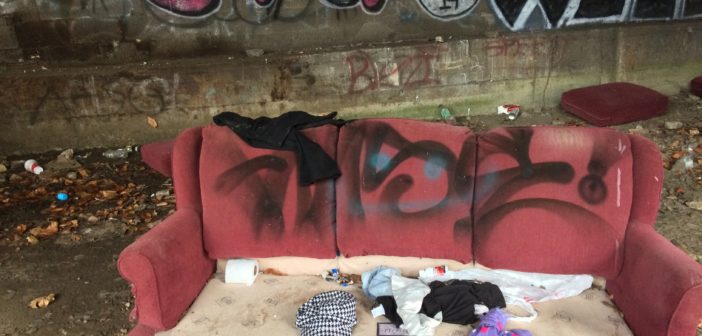

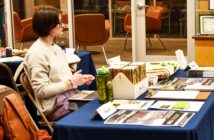
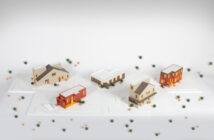
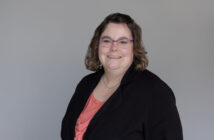
Comment policy
Comments posted to The Brown and White website are reviewed by a moderator before being approved. Incendiary speech or harassing language, including comments targeted at individuals, may be deemed unacceptable and not published. Spam and other soliciting will also be declined.
The Brown and White also reserves the right to not publish entirely anonymous comments.
3 Comments
Pingback: 'Hidden and Unnoticed:' local programs help homeless in Lehigh Valley - Physician Assistant Training
God bless those who help the homeless. Thanks for shining a light on some of those who make a difference in the troubled lives of the homeless. Donate to organizations and people who help.
This is amazing. And so terrible. Lauryn, could you plrease post a direct link to Synergy’s wish list in the story?